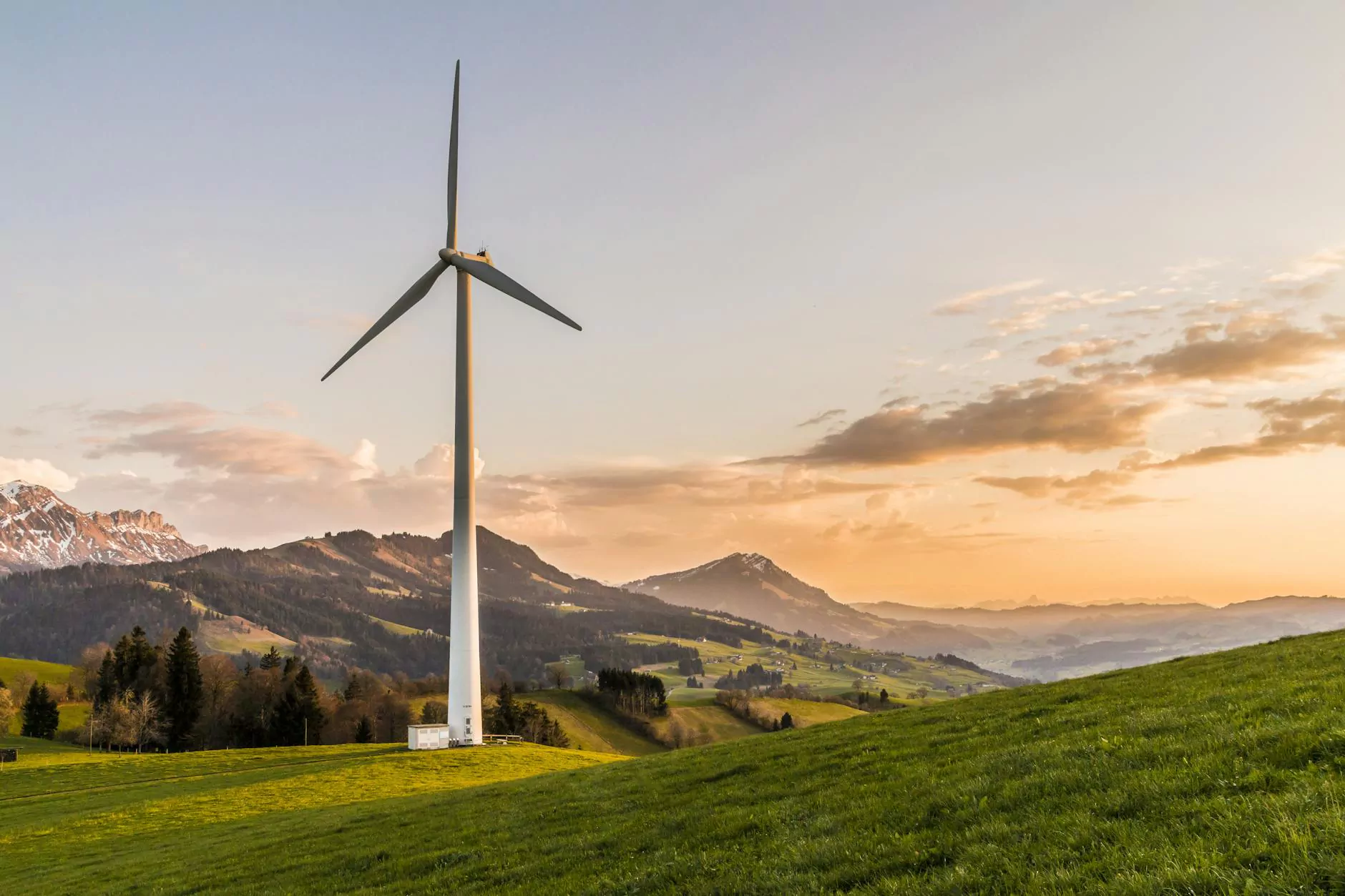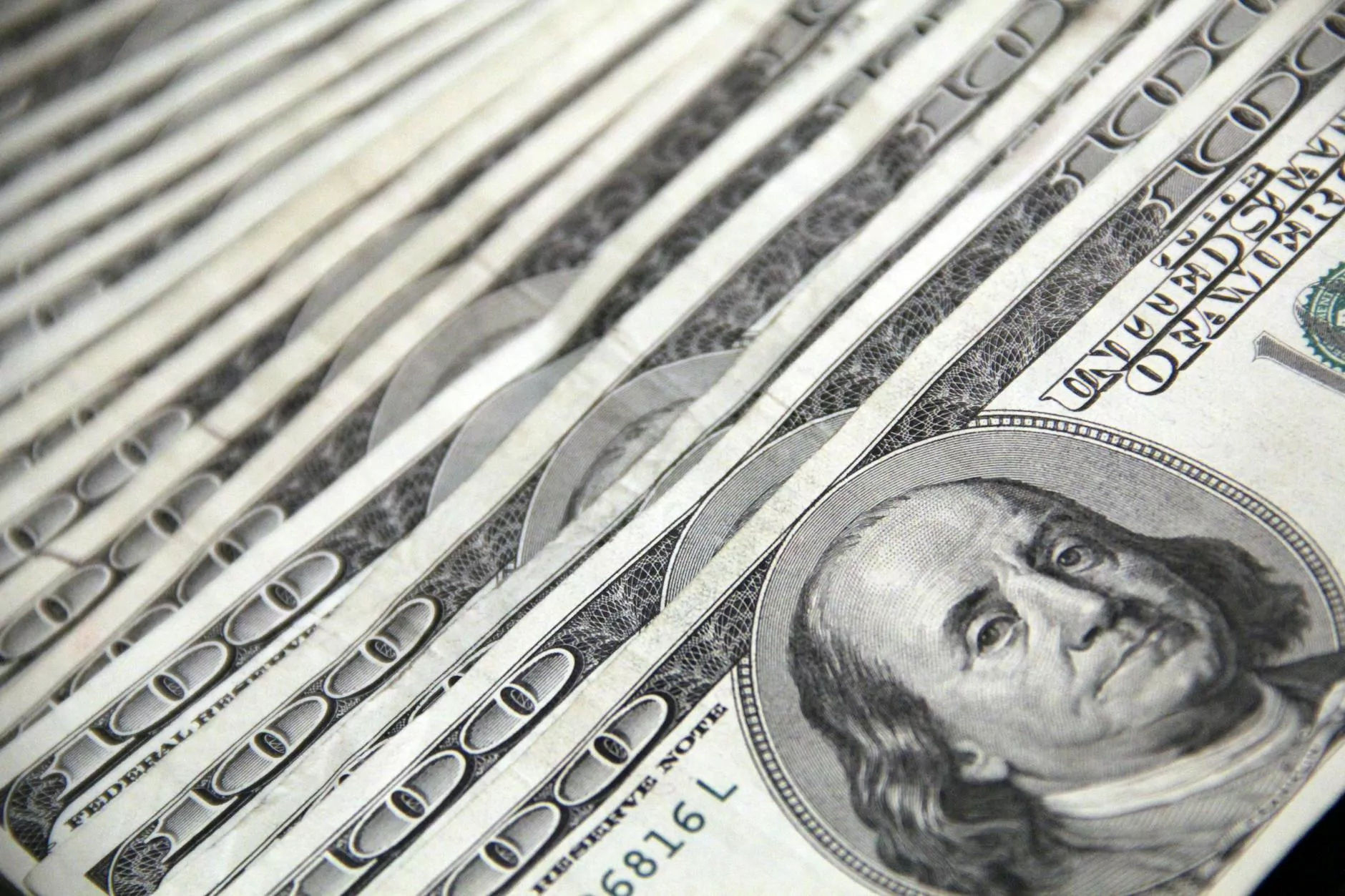The Environmental Impact of Artificial Turf

Artificial turf has gained significant popularity in recent years, being extensively used in sports fields and landscaping projects. However, it is important to consider the potential environmental impact of using artificial turf, as it offers both advantages and disadvantages in comparison to natural grass or other alternative options. In this article, we will explore the various aspects of artificial turf and its effect on the environment, including water consumption, chemicals used in the manufacturing process, waste disposal, and overall sustainability.
Water Consumption
One of the advantages of artificial turf is its minimal water requirements. Unlike natural grass, which demands regular irrigation to maintain its lush appearance, artificial turf does not need constant watering. This results in significant water savings, especially in regions where water scarcity is a concern. Studies have shown that the use of artificial turf can reduce water consumption by up to 70%, providing a more sustainable solution for sports fields and gardens.
It is essential to note that while artificial turf requires little water for maintenance, it does not promote natural water filtration processes like natural grass. Rainwater that falls on artificial turf may not penetrate the ground effectively, potentially contributing to surface runoff and reduced groundwater recharge. Adequate drainage systems and water management practices can help mitigate these concerns and ensure proper water flow.
Chemicals Used in Manufacturing
The production of artificial turf involves the use of various chemical compounds. This includes the backing materials, as well as the infill, which is often made from recycled rubber or sand. Some of these chemicals may raise environmental concerns, particularly in terms of potential release into the surrounding soil, water bodies, or air.
Research is ongoing to assess the safety and environmental impact of these chemicals. Regulatory bodies, such as the Environmental Protection Agency (EPA), have set standards for acceptable chemical levels in artificial turf products. These regulations aim to ensure that the materials used do not pose significant risks to human health or the environment. When choosing artificial turf, it is crucial to select products that adhere to these regulations and undergo regular testing for chemical content.
Waste Disposal
As with any product, artificial turf has a finite lifespan, after which it needs to be replaced. This raises concerns regarding waste disposal and the potential environmental impact of disposing of used turf materials. Disposal methods vary by region, as regulations and recycling facilities differ. It is essential to explore sustainable solutions for artificial turf waste management to minimize its impact.
Recycling plays a crucial role in reducing the environmental burden of used artificial turf. Various components, such as the infill and backing materials, can often be recycled, reducing the amount of waste ending up in landfills. By choosing artificial turf products that are designed for recycling and working with specialized recycling facilities, the environmental footprint associated with disposal can be significantly reduced.
Sustainability
When considering the overall environmental impact of artificial turf, it is important to evaluate its overall sustainability. This involves assessing factors such as energy consumption, carbon emissions during production and transportation, and the use of natural resources in manufacturing processes.
Advancements in technology and manufacturing practices have led to the development of more sustainable artificial turf options. These may include materials made from recycled content, reduced energy-intensive processes, and eco-friendly production techniques. By choosing high-quality artificial turf from reputable manufacturers that prioritize sustainability, you can ensure a more environmentally friendly option for your outdoor spaces.
Conclusion
In conclusion, the environmental impact of artificial turf involves various aspects that need to be considered. While it offers advantages such as reduced water consumption and low maintenance requirements, it is essential to address concerns related to chemicals used in manufacturing, waste disposal, and overall sustainability.
At BestArtificialGrassDeals.com, we understand the importance of providing environmentally responsible options for our customers. That is why we offer a wide range of high-quality artificial turf that adheres to strict environmental standards. Our products are designed with sustainability in mind, ensuring that you can create beautiful outdoor spaces while minimizing the impact on the environment.
Choose BestArtificialGrassDeals.com for the best deals on premium artificial grass that combines durability, aesthetics, and environmental responsibility. Visit our website today and explore our extensive selection of artificial turf options for your home, garden, outdoor gear, and more.









